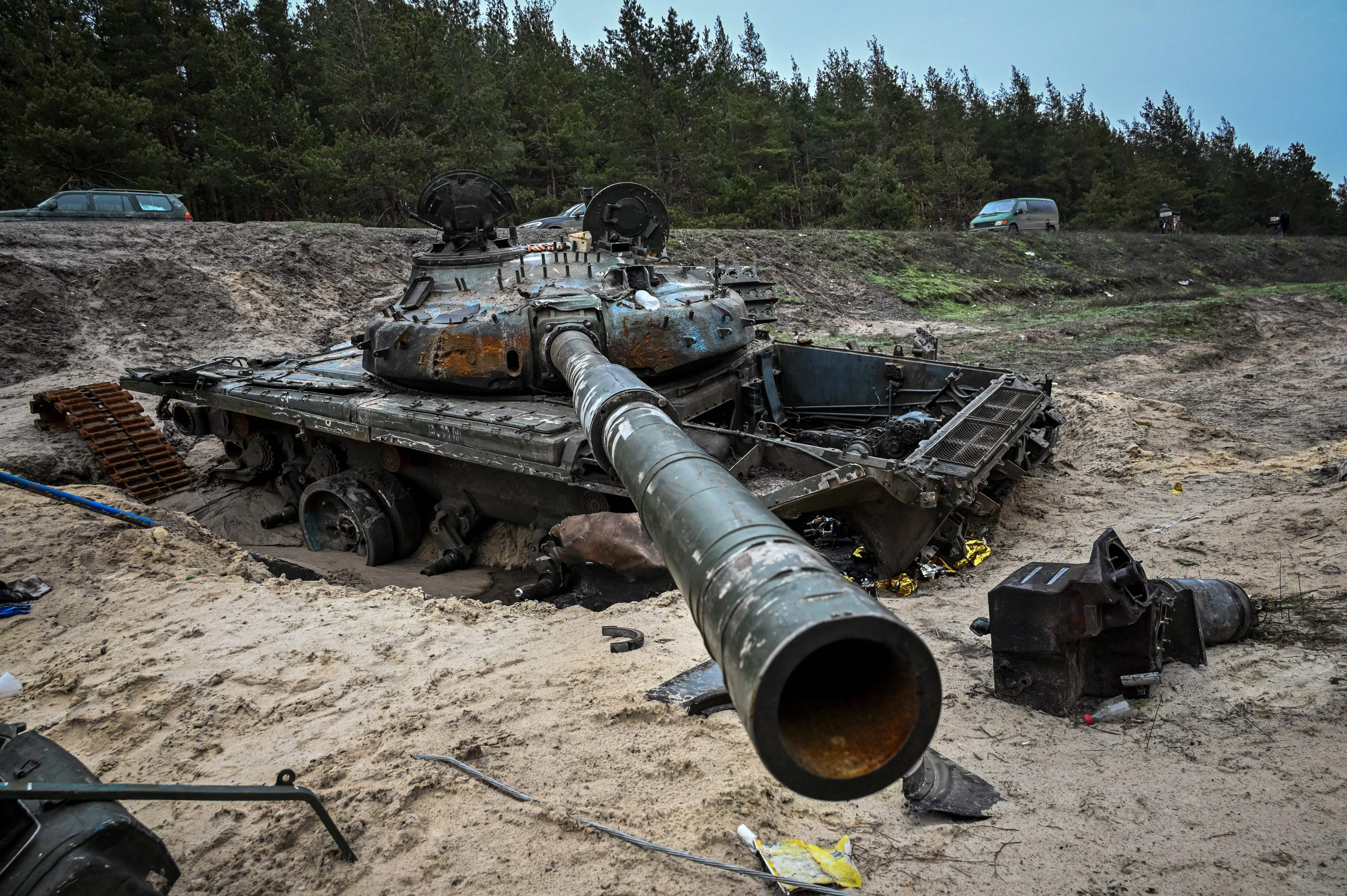As countries increasingly have fewer people suitable for military service and reluctance to take casualties increases with modern media large scale military actions may become too difficult to mount.
An increasingly hostile environment of drones, intelligent mines, missiles of all kinds will hasten this.
It just means large scale military action must involve less human at risk. Air power enabled this. Robotics is also on the horizon.
If a tank can be killed by something, so can anything less than a tank.
If a battleship can be killed be something, so can anything less than a battleship. The difference is that a battleship can be killed be fewer things in general. Battleships are more important and so is armor, as killing ability increases. This is a truism. Just because you haven't built a battleship that is heavy enough to meet protection requirements doesn't mean it disappears as a requirement, it means you need to spend more money.....
--------------
Okay, to really answer the argument. There are things that are just simply impossible or ineffective within the confines of a particular environment and situation. For example, given 1914, a quick and low casualty war that ends by Christmas was not really attainable no matter how much you shuffled and optimized the cavalry.
Wars have to conform to the technological environment. If the technology shows that maneuver warfare does not work, than change how one fights.
In history, many dramatic revolutions happened that completely change how organized violence work that completely invalidated previous systems. It isn't that old tactics becomes difficult, but absurd and should not be attempted. For example the invention of the chariot or gunpowder resulted in completely different government, social structure and civilianization altogether.
But you still need something that can resist the machine gun's fire and blow up a pillbox though.
Or maybe you don't. With a century of technology, "The Command of Air" is sufficient in destroying all large organized resistance and a bombing campaign reducing the targeted nation to iron age technology is quite attainable to even 2nd rate powers. This fulfilled both defense, "preemptive-defense" and punitive expedition role quite well, as many weak regimes have found out.
Why even send in the boots? There is nothing of value that can be captured, as productive elites will leave, infrastructure can not survive wars and natural resources just isn't that big part of economies. Air power does the destruction bit quite well.
Even in the context of ground warfare, there are many replacement. The infantry rocket, now enhanced with advanced FCS, guidance systems and warheads like thermobaric can blow up pillboxes and machineguns just fine, and that is with old technology and tactics.
With edge of modern technology, the drone swarm scouts out the pillboxes, and artillery, missile or UGV kills them, with minimum risk to the human. Mix in home on jam weapons, tight beam mesh networks and AI and its done.
As for what this looks like: heavy mechanized ground forces will be led by "irregulars"/partisan-type light infantry in pickups or Ragtag Circus style box trucks that they find on the side of the road. These will be your skirmishers, who lead the heavy armor troops, and recon for enemy anti-tank defenses by taking machine gun fire. They spot the machine gun and call in a tank, which arrives, and while the infantry suppress likely anti-armor missile launchers the tank destroys the machine gun. The infantry can then advance. Repeat.
Why would your opponent be dumb enough to sit around with an highly ineffective machinegun that do not inflict serious damage? Why would your front line forces get suffer from being shot at without fast response while waiting for a land vehicle to save their asses?
Instead:
Your skirmishers runs over a mine and blown up
Your skirmishers runs into small arms ambush and get shot up, the enemy fire teams relocate with prepared exfil route within two minutes to avoid artillery
Your skirmishers runs into ATGM ambush and gets blown up
Your skirmishers runs into artillery kill box and gets blown up
Your skirmisher makes contact with opponent, decides to pull a rocket/missile launcher or manpack loitering munition and blow them up.
Your skirmisher makes contact with opponent, finds available artillery support, in under a minute the shells are flying and under 2 minutes the opponent position destroyed, with launcher vehicles already locating (performance as required for the counterbattery battle)
Some drone flies over the battlespace, and one or both sides gets blown up by stuff far out of range
The opponent is not stupid, they will target weakness and avoid strength.
In the context of fighting against modern opponent with heavy assets around, MG teams need to inflict damage pretty much within first burst or it has failed and have to relocate fast after revealing their position as every platform can blow them up, fast.
An ATGM team is actually vastly harder to deal with than machineguns. For one thing, they far outrange small arms, 5km versus 500m. For really modern ATGM, they have non-Line of Sight attack modes so ground level observation is pretty useless. Alternatively, fire and forget means small amounts of exposure time. Missiles can also fit hefty anti-infantry warheads, and many a infantry fighting position has been destroyed and any machinegun team silly enough to setup a static position is a easy target.
I don't get why people think it is a good idea to have light forces charge 4kilometers into a killzone across mines, pre-sighted artillery, and other fire to "suppress" an ATGM launcher so that a weapon system with 800m effective range can be defeated.~ ATGM suppression was always about artillery, and today with decent ISR you just kill them and everything else with artillery.
------------
For those asking "why not just use howitzers" or "why not all infantry" or "why not have everyone ride in tank-APCs" the answer comes down to: 1) direct fire requires fewer rounds to engage a hard target and has less collateral damage; 2) infantry arent bulletproof yet; 3) no one besides maybe the USA has that kind of money.
When guided munitions starts at under $6k, indirect fire is cheap. Consider how expensive the tank is, and how expensive the fuel, the transports, bridging, recovery and all the other costs adds up. You can buy stupid number of guided munitions for a MBT. If one must use a vehicle, just user a UGV. For the cost of millions one can afford a whole swarm of communication relay drones.
As for infantry in tank-APCs, it is the logical first step for professionalize forces. 120mm rifles really isn't that expensive (when not accounting costs of defense and engine to move all the defense), while a infantry squad can be. If you are to armor high value high vulnerability objects, armor the men not the steel tube.




